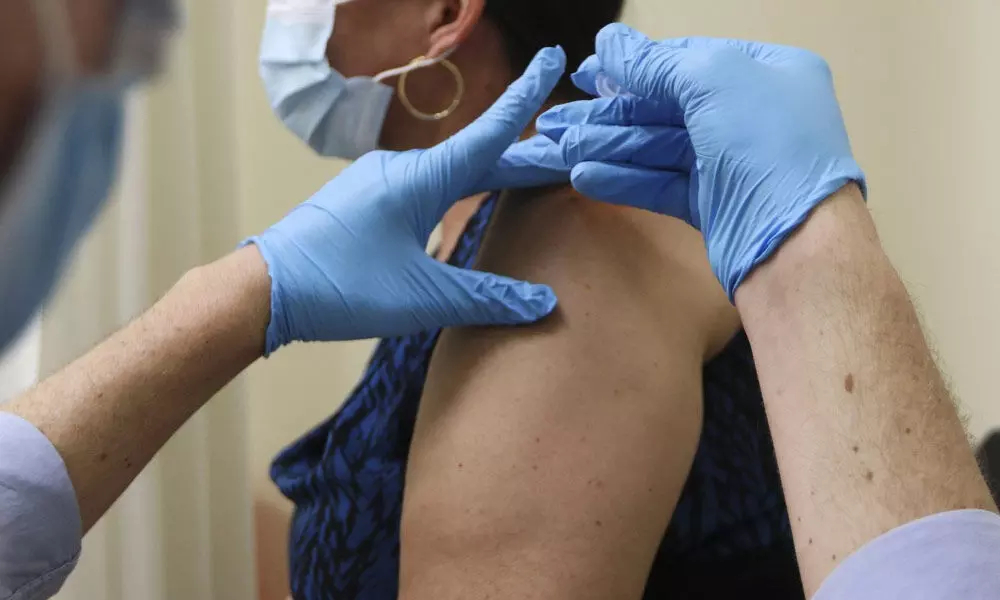Covid-19's global grip may extend well into 2021
India is witnessing a spike in the number of coronavirus cases again. And with the country facing the second wave of the pandemic, many organisations are forced to reconsider their normalcy restorations plan to encourage employees to continue working from home.
image for illustrative purpose

India is witnessing a spike in the number of coronavirus cases again. And with the country facing the second wave of the pandemic, many organisations are forced to reconsider their normalcy restorations plan to encourage employees to continue working from home. There is a feeling that Covid-19's global grip is likely to extend well into 2021 and possibly beyond. The bigger question at this point in time is that whether India has taken the learnings from the past year and has taken proactive measures to continue to ensure the safety and well-being of its citizens. Another critical problem area is that the second wave of Covid is infecting India's youth, who are the biggest contributors to the economy. However, they are not eligible for the Covid vaccines, even though health experts are strongly in favour of it. The problem is even worse as according to various reports, 26 per cent of India's population is expected to be above 45 years of age by FY 26, which will have greater requirement for healthcare. Further due to increased urbanisation and sedentary lifestyle, the incidence of non-communicable lifestyle diseases is anticipated to increase faster than any other segment.
These problems can't be addressed or resolved without sufficient public health expenditures. Ironically, India's public health expenditure (sum of central and state spending) had remained between 1.2 per cent to 1.6 per cent of GDP between FY 2008-09 and FY 2019- 20. Fortunately, the Economic Survey FY 2020-21 observed that an increase in public healthcare spending from current levels to nearly 3 per cent of GDP can decrease the out-of-pocket expenditure which is non-funded from 65 per cent to 30 per cent of overall healthcare spending.
Mind you that the global healthcare spending (combined public and private health care spending) between 2020 and 2024 is expected to rise at a 3.9 per cent CAGR, considerably faster than the 2.8 per cent recorded in 2015–2019 and is expected to reach over $10 trillion by 2024.
Significantly, the Centre has undertaken deep structural and sustained reforms to strengthen the healthcare sector. The Union Budget 2021-22 allocated Rs 2.23 lakh crore for healthcare and wellness initiatives, which is a whopping 137 per cent increase over the previous year. But the policy makers will have to keep in mind that the future of healthcare is taking shape in terms of delivery of digital healthcare through adoption of technologies such as Artificial Intelligence, Virtual/Augmented Reality, robotics and nano-technologies. Now it is the time to witness how technology is being levered to augment care and reduce chances of error, especially in the wake of the importance given to tele-medicines and tele-consultations.
Much will depend on the government's efforts on narrowing down healthcare gaps with the help of increase in budgetary allocation for the sector and if schemes like Ayushman Bharat prove to be a game changer in taking the services to the masses.

